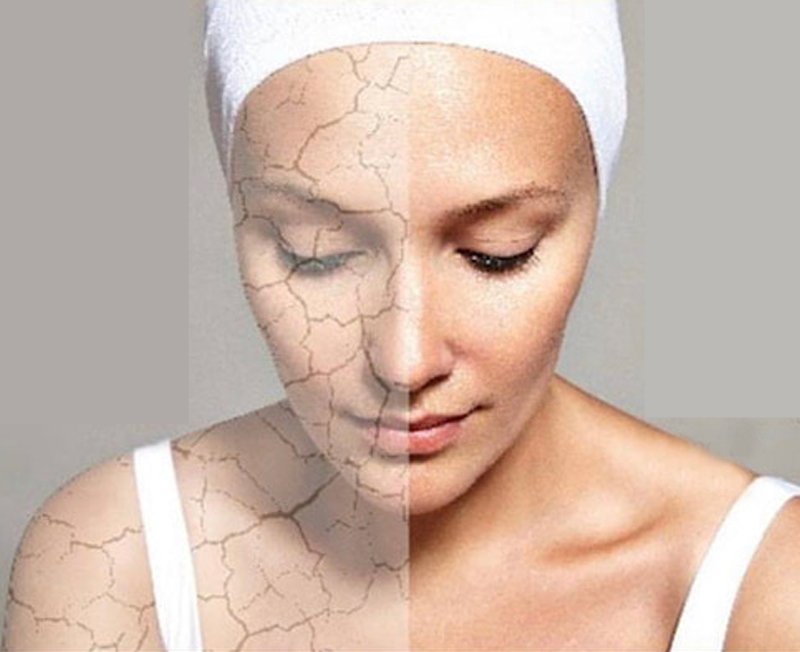
Even though Winter is almost over, some of us suffer with what we think is “dry skin” all year round. But the real question is – have you been confusing your dehydrated skin for dry skin? We’re bringing you a super easy DIY test that you can do at home without having to go to a dermatologist.
To start with, dehydrated skin feels tight and looks dull with superficial fine lines. Dryness can show up as redness, flakes and an uneven texture.
Here’s the Test for Dehydrated Skin:
Smile to test for dehydration – it’s that simple. If it feels tight you are probably suffering from dehydrated skin. If you see dark circles and an uptick in fine lines that’s also an indication.
Here’s the Test for Dry Skin:
To test for dryness, rub gently on one area of skin. If you see loose skin cells in the form of flakes, or your face quickly turns red and becomes inflamed, then you have dry skin.
Dehydrated Skin and How to Treat It:
Dehydrated skin, unlike dry skin, lacks water, not oil. So you can have an oily complexion but still have dehydrated skin. Dehydration is caused by many factors, but the most common are low humidity, diet, hot showers and central heating, which sap skin of water and make it more sensitive during the harsh winter months. Look for moisturisers with ingredients that prevent water loss. Hyaluronic acid is the gold standard as it is a sponge-like molecule that naturally attracts water. It then binds it to the collagen in your skin, giving your face back its dewiness. Look for this in the moisturisers you buy for yourself next time.
Dry Skin and How to Treat It:
Dry skin lacks oil because it produces less sebum than normal skin. As a result, it lacks the lipids it needs to retain moisture, make rough skin feel smooth and keep the skin barrier strong. This is particularly true of brown skin, which naturally has lower levels of lipids. What’s more, the dead cells on its surface don’t slough off as quickly, which can give dark skin a greyish cast. Lactic acid is an exfoliator that is gentle enough to use on dry skin to eliminate this ashiness. Also, remember to avoid over exfoliating though as this will strip skin of moisture – once or twice a week should suffice.


